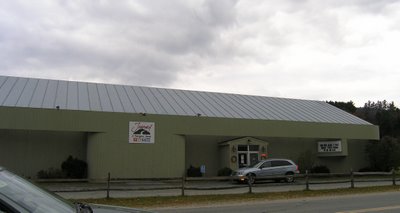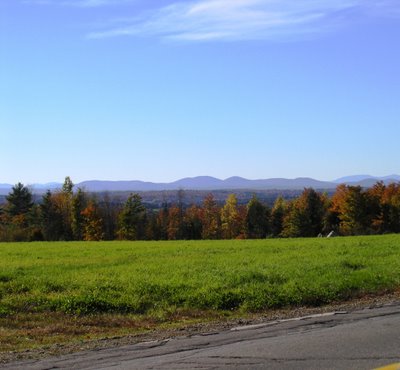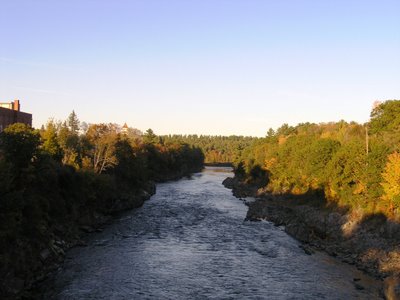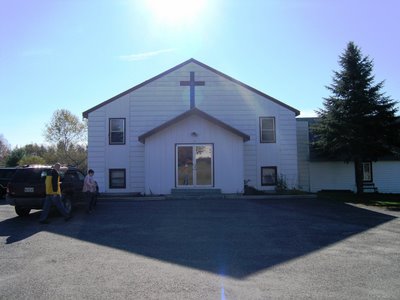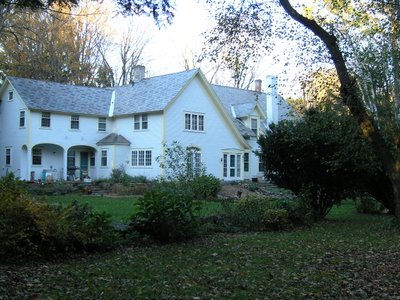Here is what the MSNBC article said:
The link to read the full article is http://www.msnbc.msn.com/id/15320729/
Here is another article describing the pollution in Dzerzhinsk and the surrounding area:
http://www.pollutedplaces.org/region/e_europe/russia/dzerzhinsk.shtml
and this is from an article at:
http://www.exile.ru/2004-June-24/feature_story.html
"Dzerzhinsk leads the Nizhny oblast in problematic pregnancies, with more miscarriages and anemia, and complications during childbirth. The infant mortality rate stands at 20.3 per thousand, and that the death rate is 2.4 times the birthrate. The WHO has found human milk in Dzerzhinsk mothers to be highly toxic, with high levels of PCBs. It's so bad that they even called for the reduction of breast feeding.
A few steps have even been taken to improve peoples' health. Up until the mid-90s, two villages in the shadow of one of Dzerzhinsk's largest factories -- plastic producing Kaprolaktan -- drank from wells, despite the toxic sludge within a stone's throw. Now their water is piped in. But even today, some locals will go fishing in the shadow of the factory, a few hundred feet from a canal filled with red-brown sludge that carries ethyl-benzene, phenantrene, isomeric acid and other goodies from the Sintez factory into the Oka river.
Cows graze right next to the 50 hectare White Sea, so called because of the huge amounts of polyvinyl chloride and ammonia left over from cyanide production at Kaprolaktan that give the water a white glow. In the same area, levels of mercury and PCBs -- highly toxic compounds believed to be carcinogenic and now banned in the US -- multiplied standard levels by hundreds to thousands of times. DDT has been found exceeding acceptable limits by up to 21,000 times. Here the stench is also unbearable. And Levashov estimates there are up to 60 such waste dumps, although not all as dramatic."
Mike and Karen


